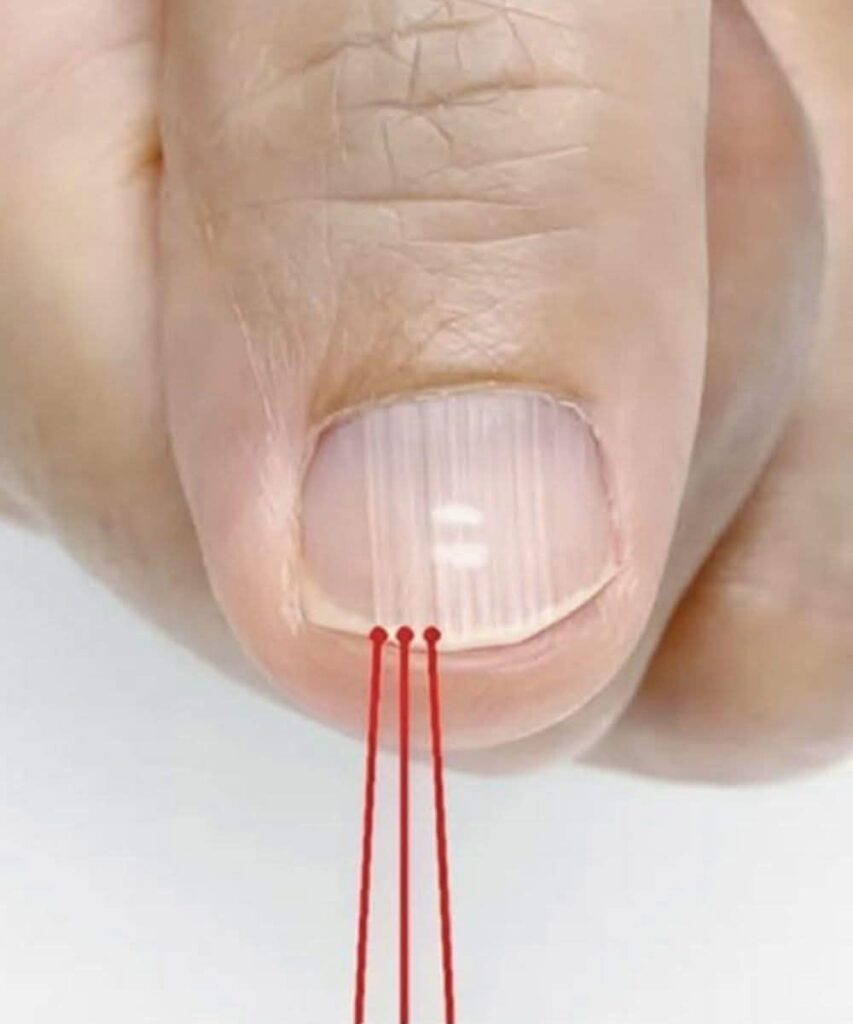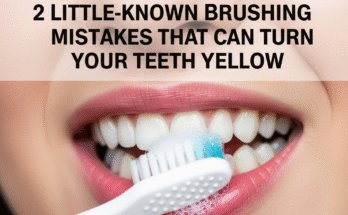
Why Do I Have Vertical Ridges on My Nails After 40?
Have you noticed thin vertical lines running from the base to the tip of your fingernails as you’ve gotten older? You’re not alone. These nail changes often become more noticeable after the age of 40. While vertical ridges are usually harmless, they can sometimes signal underlying health issues. So, what causes them—and when should you be concerned?
What Are Vertical Nail Ridges?
Vertical nail ridges, also known as longitudinal striations, are raised lines that run from your cuticle to the tip of your nail. They may vary in number and depth and often become more visible with age.
In most cases, these ridges are a natural part of getting older. Just like your skin loses elasticity and your hair turns gray, your nails go through changes too. As we age, the production of keratin—the protein that makes up your nails—can slow down or become uneven, affecting nail texture.
What Causes Vertical Nail Ridges After 40?
1. Natural Aging Process
The most common reason is simply aging. As cell turnover slows, the nail matrix (the tissue under your cuticle where new nail cells are made) may produce keratin less evenly, creating ridges.
2. Nail Dehydration
Older nails tend to be drier, just like aging skin. Dehydration can make nails more brittle and cause natural ridges to stand out more. Frequent exposure to water, soap, and cleaning products can worsen this dryness.
3. Nutritional Deficiencies
Lack of nutrients such as biotin, iron, zinc, and magnesium can lead to weaker nails and visible ridges. Since nutrient absorption can decline with age, these deficiencies are more common after 40.
4. Underlying Health Conditions
In some cases, vertical ridges may be linked to health issues like poor circulation, thyroid disorders, or rheumatoid arthritis. If you’re also experiencing symptoms like fatigue, dry skin, or brittle hair, it’s a good idea to consult a doctor.
When to See a Doctor
Vertical ridges are typically nothing to worry about—but there are exceptions. You should seek medical advice if you notice:
- A sudden change in nail color, especially dark streaks
- Nails that split, peel, or thicken
- Pain, swelling, or redness around the nail
These symptoms could indicate infections, trauma, or, in rare cases, melanoma (a type of skin cancer that can develop under the nail).
How to Care for Aging Nails
Here are a few tips to keep your nails healthy and reduce the appearance of ridges:
- Moisturize your hands and nails regularly, especially after washing.
- Stay hydrated—drink plenty of water daily.
- Eat a balanced diet rich in vitamins A, C, B-complex, zinc, and iron.
- Be gentle with your nails—avoid over-filing and harsh manicures.
- Consider biotin supplements if needed, but talk to a healthcare provider first.
Final Thoughts
Vertical nail ridges are a normal part of aging for most people. Still, paying attention to your nails can offer insights into your overall health. With proper care, hydration, and nutrition, you can keep your nails strong and healthy well into your later years.


